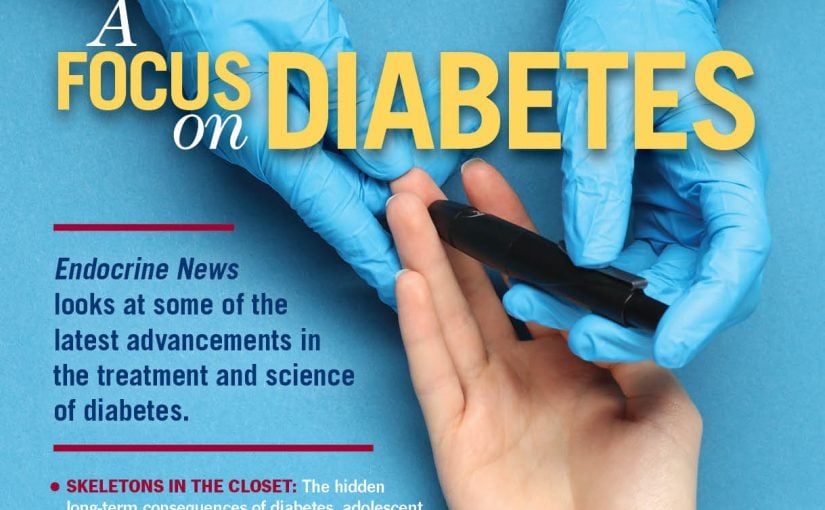New study leverages Fitbit data to show benefits of active lifestyle on diabetes risk
Wearable fitness devices offer new insights into the relationship between physical activity and type 2 diabetes, according to a new analysis of the National Institutes of Health’s All of Us Research Program data published in the Endocrine Society’s Journal of Clinical Endocrinology & Metabolism.
Type 2 diabetes is the most common form of the disease, affecting 90% to 95% of people with diabetes. In type 2 diabetes, the body is resistant to the action of insulin, meaning it cannot use insulin properly, so it cannot carry sugar into the cells. Type 2 diabetes most often develops in people over age 45, but more and more children, teens and young adults are being diagnosed.
“We investigated the relationship between physical activity and type 2 diabetes with an innovative approach using data from wearable devices linked to electronic health records in a real-world population,” says Andrew S. Perry, MD, of Vanderbilt University Medical Center in Nashville, Tenn. “We found that people who spent more time in any type of physical activity had a lower risk of developing type 2 diabetes. Our data shows the importance of moving your body every day to lower your risk of diabetes.”
The researchers analyzed Fitbit data and type 2 diabetes rates from 5,677 participants included in the NIH’s All of Us Research Program between 2010-2021. All of Us is part of an effort to advance individualized health care by enrolling one million or more participants to contribute their health data over many years. About 75% of the participants that the researchers studied were female.
They found 97 new cases of diabetes over a follow-up of 4 years in the data set. People with an average daily step count of 10,700 were 44% less likely to develop type 2 diabetes than those with 6,000 steps.
“We hope to study more diverse populations in future studies to confirm the generalizability of these findings,” Perry says.
The other authors of this study are Jeffrey Annis, Hiral Master, Aymone Kouame, Kayla Marginean, Ravi Shah and Evan Brittain of Vanderbilt University School of Medicine in Nashville, Tenn.; Matthew Nayor of Boston University School of Medicine in Boston, Mass.; Andrew Hughes and Dan M. Roden of Vanderbilt University Medical Center; Paul A. Harris of Vanderbilt University School of Medicine and Vanderbilt University Medical Center; Karthik Natarajan of Columbia University in New York, N.Y.; and Venkatesh Murthy of the University of Michigan in Ann Arbor, Mich.
The study received funding from the NIH.
The manuscript, “Association of Longitudinal Activity Measures and Diabetes Risk: An Analysis from the NIH All of Us Research Program,” was published online, ahead of print.

